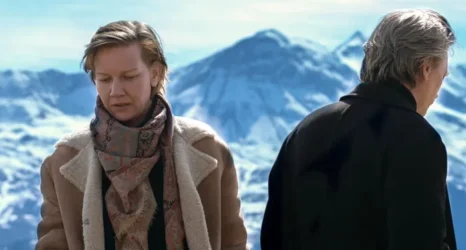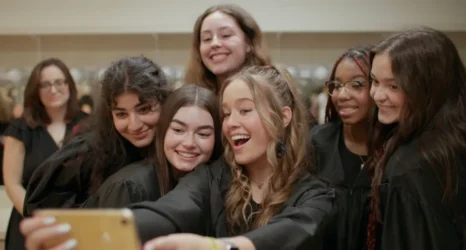Surprise, surprise, women and minorities are grossly underrepresented in film. A new report by University of Southern California Annenberg’s Media, Diversity, & Social Change Initiative analyzed representations of gender, race and LGBT individuals in 700 top-grossing films from 2007 to 2014.
Some of the statistics aren’t surprising, though it would be nice if they were. Here’s a quick run-down:
- 30 percent of the 30,835 speaking characters evaluated were women.
- 28 women worked as directors across the 700 films evaluated—only three of them were black
- 45 black directors have worked on the 700 top‐grossing films
- 19 Asian directors worked across the 700 top‐grossing films—only one of them (listed as a co-director) was a woman
- 14 of the 700 films featured an LGB depiction, and of the LGB characters analyzed nearly two‐thirds were men and almost 85 percent were white.
What is a bit shocking, however, is that many of the statistics haven’t changed over the years (2007-2014). For instance, out of the top 100 films in 2014, only 21 featured a woman lead. Only three of those women were of color, none were over the age of 45, and none were lesbian or bisexual characters (not one of the films featured a transgender character).
Also in 2014, there were 17 films with no speaking roles for black actors, and more than 40 movies with no speaking roles for Asian actors. And it’s worth noting, as Dylan Marron has with his Tumblr “Every Single Word,” that even when many minorities have speaking roles, their lines constitute only a fraction of the film’s dialogue.
As a queer, Venezuelan American actor, writer and director, Marron has experienced the inequality in the film industry first hand. “This is a systemic problem I’ve noticed since I was a kid,” he said in an interview with The Washington Post. “I’m part of this industry. I want to keep working in this industry. I want to tell stories in this industry. I want to tell stories through this medium and I want to be in stories in this medium. But there is a real problem going on with the lack of representation.”
The USC Annenberg initiative has been producing these reports for years, and each report has shed light on the staggeringly unequal representation of women and minorities in film. Perhaps with the help of activists like Marron, next year’s report will show a bit more progress.
Photo courtesy of Wikimedia user Hatena Ftolife licensed under Creative Commons 2.0





